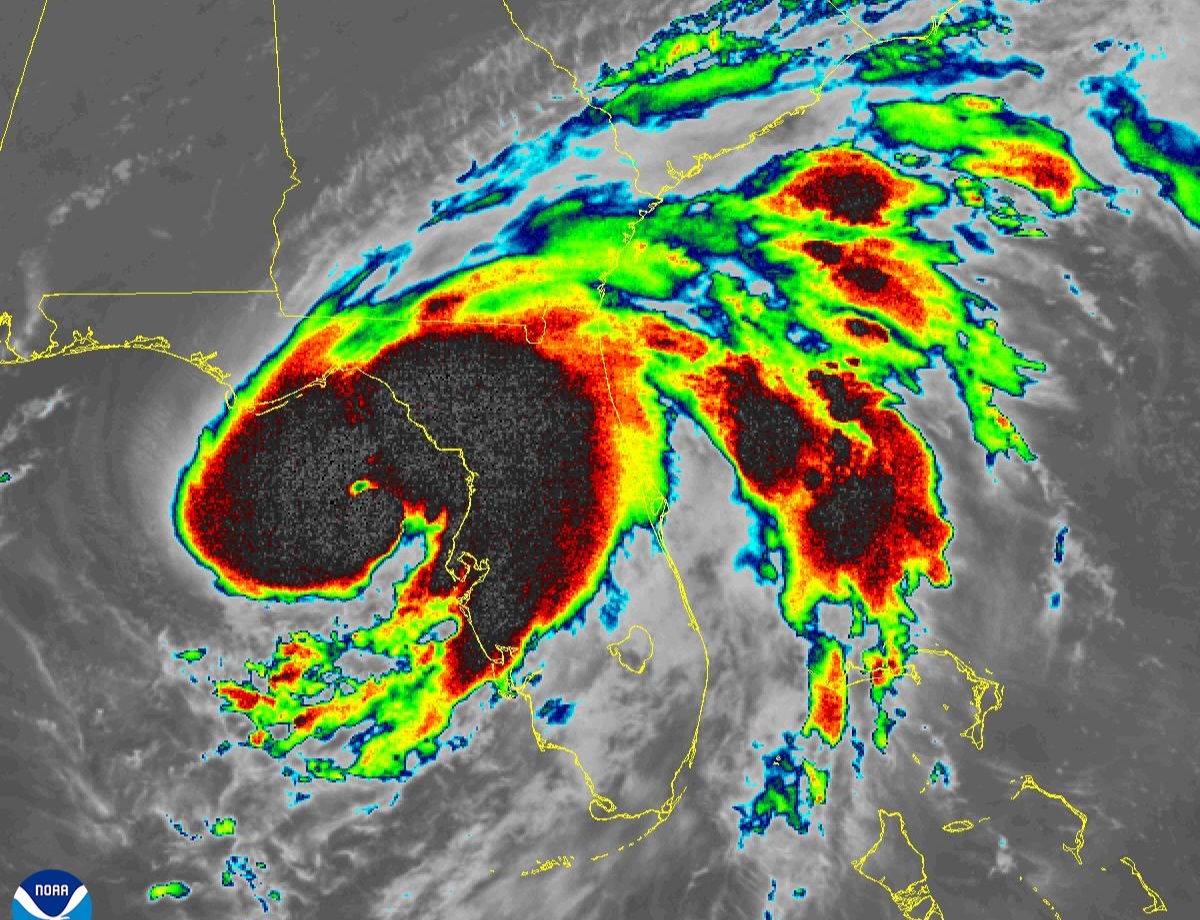
MIAMI, Florida – Researchers at Colorado State University are forecasting that the 2025 Atlantic basin hurricane season will be above-average due to low El Niño odds and above-average sea surface temperatures in the subtropical eastern Atlantic and Caribbean.
The forecast calls for 17 named storms during the 2025 Atlantic hurricane season, which begins on June 1st and ends on November 30th.
Of those 17 named storms, researchers expect 9 to become hurricanes and 4 to reach major hurricane strength (Saffir/Simpson category 3-4-5) with sustained winds of 111 miles per hour or greater.
Landfall probabilities for 2025 are also elevated: 51% for the entire U.S. coastline (versus a 1880-2020 average of 43%), 26% for the U.S. East Coast including Florida (average 21%), 33% for the Gulf Coast from the Florida Panhandle to Brownsville, Texas (average 27%), and 56% for the Caribbean (average 47%).
A warm Atlantic favors hurricane formation by providing a key energy source—warm ocean water—while also lowering atmospheric pressure and increasing instability.
“While the tropical Pacific currently has weak La Niña conditions, these are likely to shift to ENSO-neutral over the next couple of months,” said Phil Klotzbach, senior research scientist and lead author of the report. “The odds of El Niño are quite low, at 13% per NOAA‘s latest outlook.”
El Niño typically increases upper-level westerly winds, creating vertical wind shear that disrupts hurricanes, while its absence is associated with hurricane-friendly conditions.
Copyright 2023-2025 FloridaWord.com